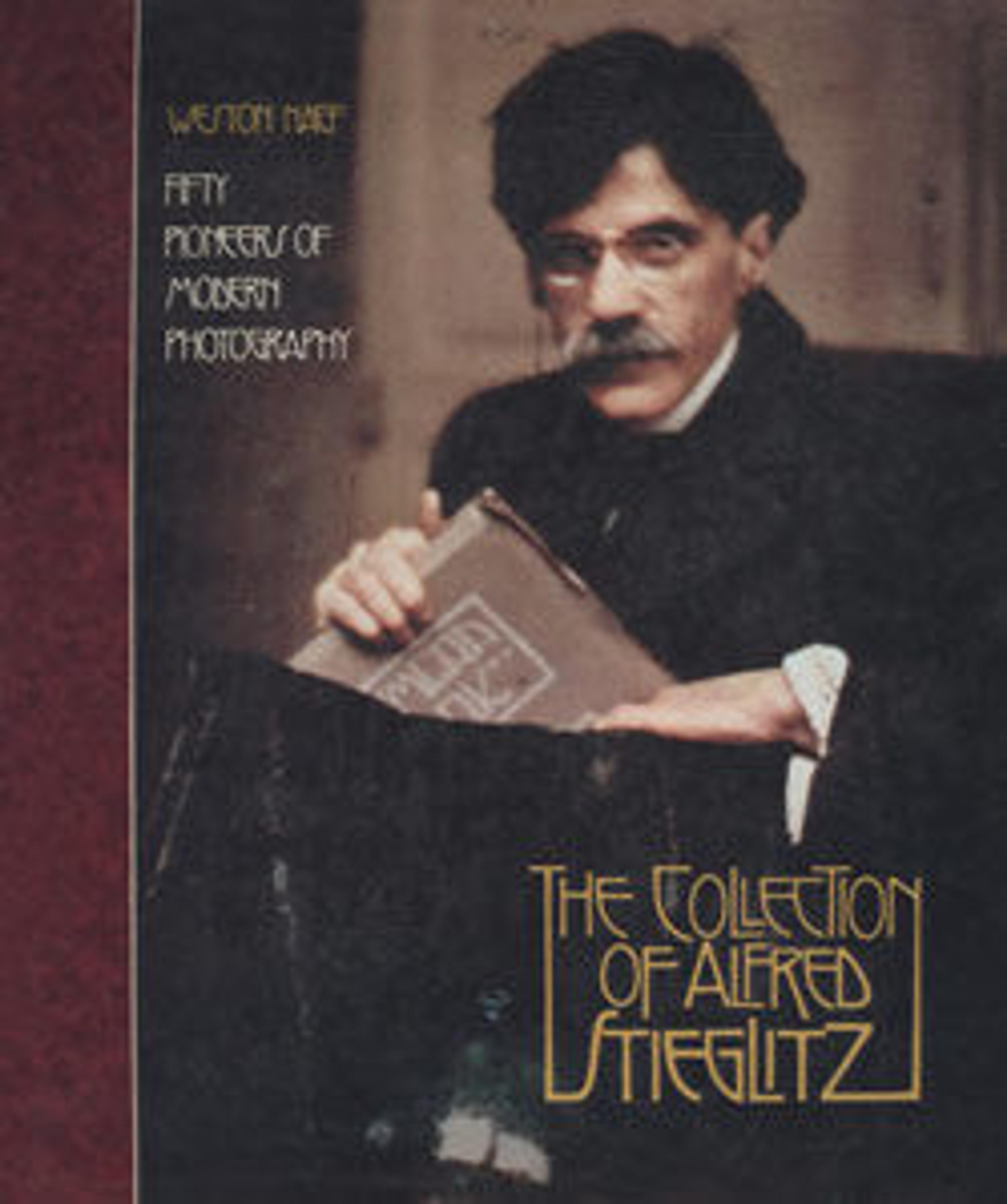Stieglitz and Emmy
Eugene's strong painting background and expertise in printing were patently evident in the Pictorialist photographs he made beginning about 1894. In 1902, Stieglitz invited him to become a founding member of the Photo-Secession, and his facility with complicated photographic techniques such as the gum bichromate and autochrome processes, as well as his refined aesthetic sensibility, matched the artistic ambitions of the group perfectly. One of the earliest color processes, the autochrome was not only difficult but time consuming, requiring several stages of development and careful registration alignments; the final product was a colored glass plate meant to be seen illuminated from behind. Despite its challenges, Eugene mastered it and used it often, as here in this luminous scene depicting the founder of the Photo-Secession with his daughter.
Artwork Details
- Title: Stieglitz and Emmy
- Artist: Frank Eugene (American, New York 1865–1936 Munich)
- Date: 1907
- Medium: Autochrome
- Dimensions: 13.2 x 18 cm
- Classification: Transparencies
- Credit Line: Alfred Stieglitz Collection, 1955
- Object Number: 55.635.12
- Curatorial Department: Photographs
Audio
5509. Stieglitz and Emmy
0:00
0:00
We're sorry, the transcript for this audio track is not available at this time. Please email info@metmuseum.org to request a transcript for this track.
More Artwork
Research Resources
The Met provides unparalleled resources for research and welcomes an international community of students and scholars. The Met's Open Access API is where creators and researchers can connect to the The Met collection. Open Access data and public domain images are available for unrestricted commercial and noncommercial use without permission or fee.
To request images under copyright and other restrictions, please use this Image Request form.
Feedback
We continue to research and examine historical and cultural context for objects in The Met collection. If you have comments or questions about this object record, please contact us using the form below. The Museum looks forward to receiving your comments.
